Microbes are ubiquitous. Thus, they live everywhere and can be found in different environments, like water, air, and animals. In addition, they can live in extreme temperatures, like high heat, humidity, or salt concentration. There is no place on Earth where no microbes would exist; they have adapted to live even in the most unfavorable conditions. The goal is to analyze which microbes can be found nearby, for example, in a house or yard, and in the most distant places.
Nowadays, one may distinguish two main types of microorganisms: prokaryotes and eukaryotes. The former includes bacteria, and eukaryotes include plants and fungi, most multicellular. In houses, there are various microorganisms; one can find the most in kitchens and bathrooms (Hand, 2018). Among these are Staphylococcus aureus, or staph, yeast and mold, Salmonella, Escherichia coli, or E. coli. In homes with pets and homes located in suburban areas, there are more types of bacteria, and those houses with water leaks have more fungi (Martin, 2017). The most abundant were bacteria from the families of Staphylococcus, Streptococcus, and Corynebacteria.
Outside the home, one may encounter an even greater variety of microorganisms. According to Hand (2017), millions of bacteria were found in the square inch of classroom water fountain spigots, which include infectious bacteria, viruses, yeasts, and molds. The problem is formulated by the fact that they can live on surfaces for a very long time. Among the most spread are Leptosphaerulina chartarum, Epicoccum nigrum, and Wallemia sebi (Hand, 2017). Public transport is the most conducive to the spread of germs. This is due to the fact that the long lifespan of some infectious microbes leads to spreading to more people. A thousand people who touch the handrail on the bus will be infected with some infection. This is especially problematic in a pandemic condition such as with the Covid-19. Most of the infections occurred in public transport until movement was restricted.
It is hard to believe, but microorganisms can be found even in the most remote and unfavorable places. For example, microbes have been found even in active volcanoes, where living conditions are extremely harsh. On some volcanoes in the martian-like landscape of South America, there has been revealed a handful of bacteria, fungi, and other rudimentary organisms, called archaea (Hand, 2017). Among these are Haloquadratum walsbyi, which live in super-salty lakes, Pyrobaculum, and Sulfolobus. This is interesting to study, as the conditions of the volcano imply extremely high temperatures and gas pollution. Another unfavorable place is underwater volcanoes at the bottom of the ocean. It would seem that it is not possible to survive there since the temperature reaches enormous values. Moreover, the acidity level in underwater volcanoes is also extremely high. And this is not to mention the pressure of the water since usually underwater volcanoes are located at great depths. Previously, all these factors excluded the possibility of the existence of the simplest life in such conditions.
Consequently, one can conclude that microorganisms are interesting to study. Moreover, they can be found not only in places familiar to humans. Indeed, places such as apartments, houses, different institutions, and public transport are teeming with germs. However, the simplest organisms have adapted to life in conditions similar to aliens. Thus, scientists managed to find microbes in volcanoes and in underwater volcanoes, despite the extreme environmental conditions. All this formulates the necessity for the development of the field of study of microorganisms and their types.
In-house microorgasims
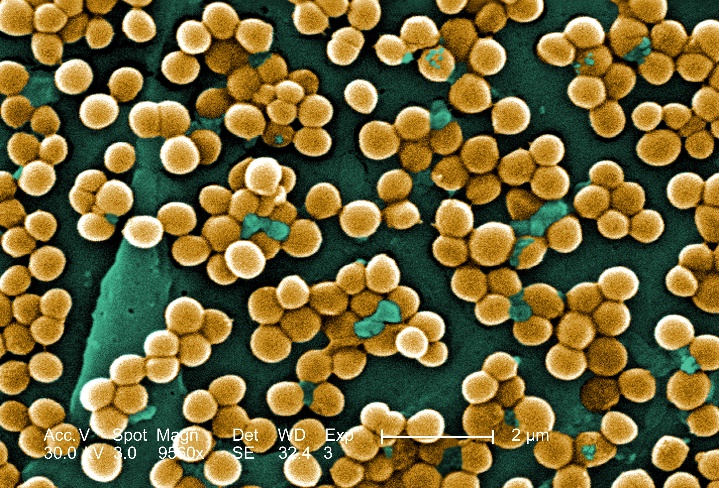
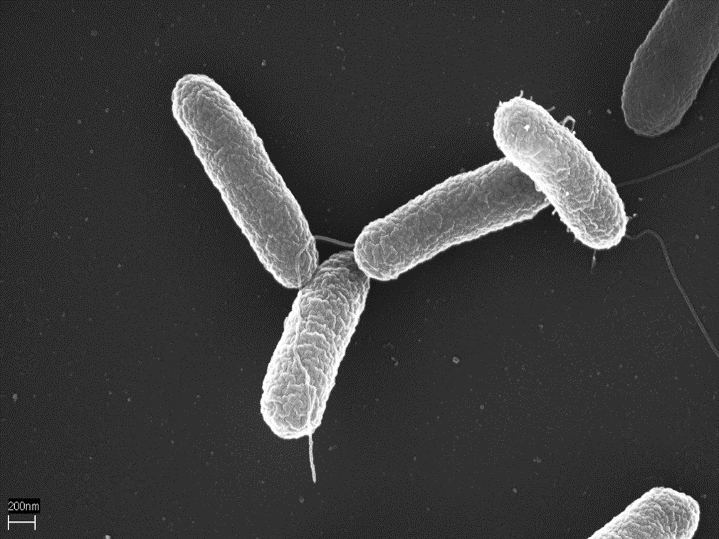
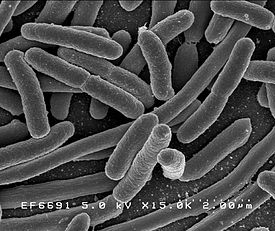
Near house microorganisms
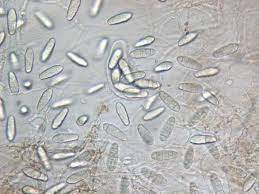
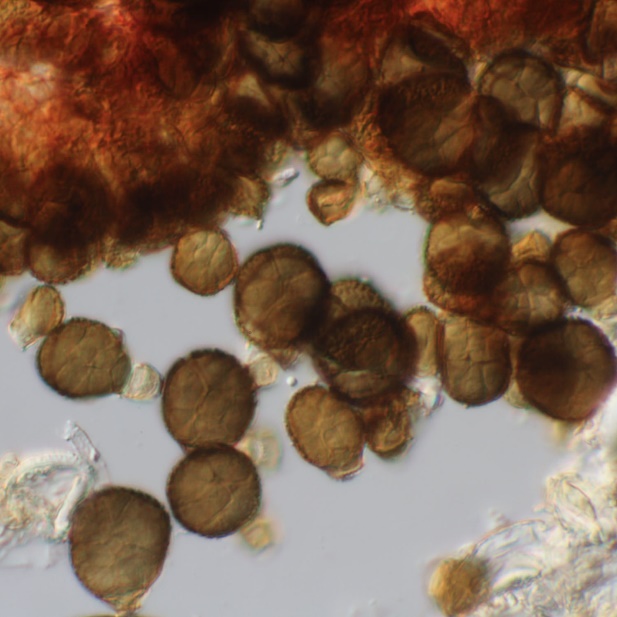
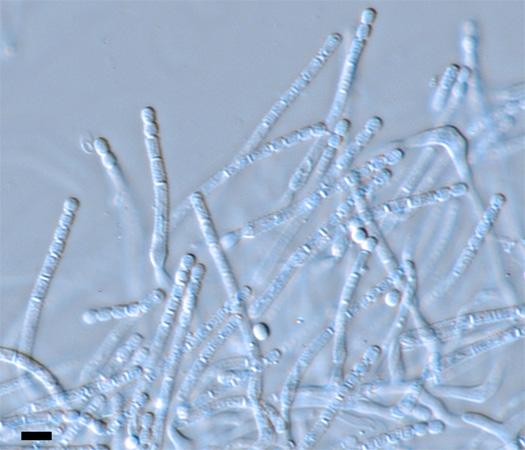
Far from house microorganisms
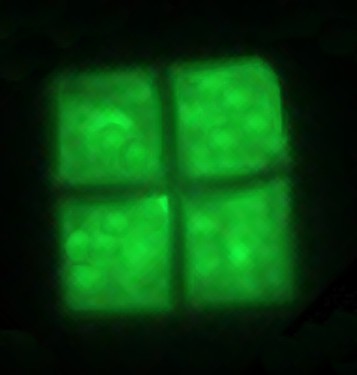
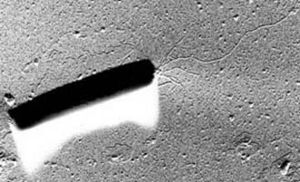
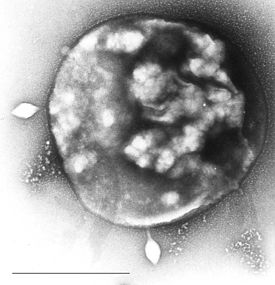
Works Cited
Hand, Carol. The Gross Science of Germs All Around You. The Rosen Publishing Group, 2018.
Martin, Y. H. Household microbes: Friend or foe? Medical News Today, 2017, Web.